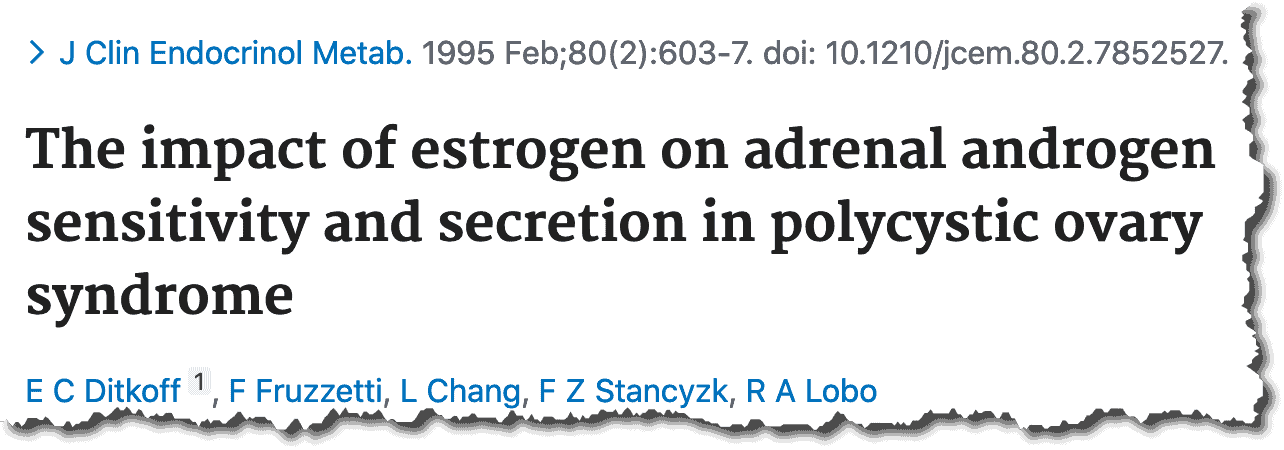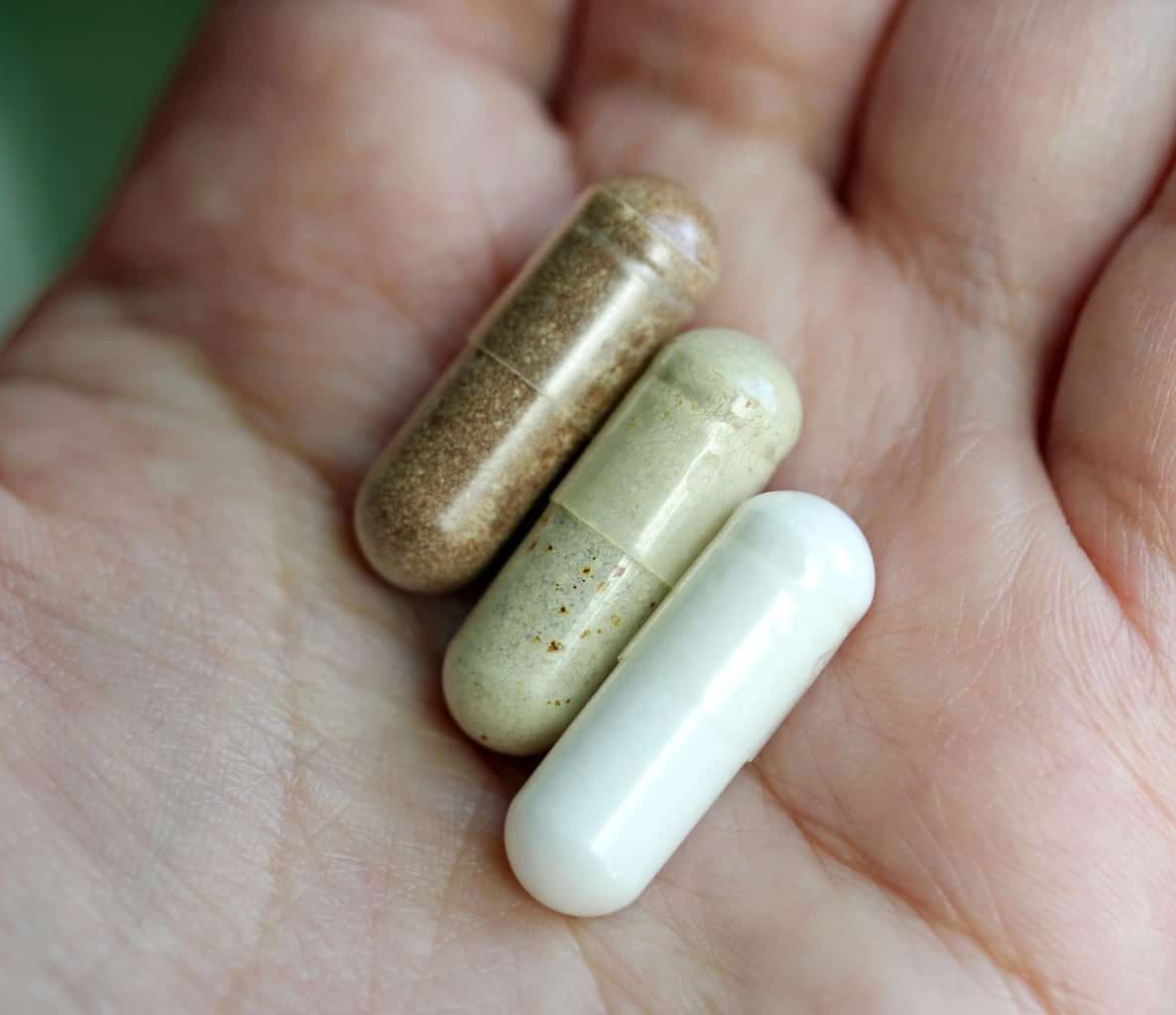
It’s a condition that most men overlook…
—-Important Message From Our Sponsor—-
Use these 7 words to get her to initiate sex

It sounds too good to be true…
…but I’ve discovered a strange trick that gets a woman SUPER turned on and wanting you…
…no matter what her sex drive has been like in the past…
Honestly this blew me away when I tried it.
My girl came onto me so fast and then she was riding me on the couch!
Trust me, just give this a try tonight — 7 words that flip her arousal switch
———-
How to know if you’re suffering from hirsutism (men only)
Are men meant to be hairy?
According to popular wisdom it would seem so…
But in reality, copious body hair is more often associated with sick and metabolically impaired men rather than the healthiest, manliest individuals.
Of course, some body hair on the forearms, legs, pubic area, and chest is to be expected and normal.
Still, many guys start to grow hair everywhere in their 30s and 40s and onward.
Back hair, thigh hair, neck hair, shoulder hair etc.
This type of abnormal and/or unsightly hair growth is often referred to as “hirsutism.”
Think nose and ear hair…
Although there isn’t much research on the topic, the correlation appears clear…
Men with excessive or rapid body hair growth well past puberty tend to have poorer health.
Some of the healthiest men commonly have a full head of hair but only a little or body hair at all.
This is true for women also.
Healthy women have little to no body hair, but some women experience hirsutism and even scalp hair loss.
In fact, a specific condition — PCOS (Polycystic Ovarian Syndrome) — is associated with hirsutism and pigmentation of previously vellus body hair.
To make matters more interesting, PCOS appears to be the female equivalent of AGA — Androgenic Alopecia.
Some women with PCOS often experience loss of scalp hair in a way reminiscent of the “male pattern baldness”.
Evidently, there is some fundamental driver which affects both sexes.
Hirsutism, scalp hair loss, seborrhoeic dermatitis, and acne are all symptoms experienced in both men and women.
Both PCOS and AGA are said to be driven by androgens, but that is a very simplistic view.
Adrenal androgens are indeed elevated in men and women with hirsutism (and the other symptoms), but not for any reason.
Acute or chronic stress suppresses gonadal (ovarian or testicular) production of hormones, impairing libido and several characteristics of health found in youth.
In such circumstances, the adrenals take over and start pumping out adrenal androgens, principally DHEA sulfate (DHEAs).
It is then that serum DHEA starts to be elevated from normal levels, along with other markers like cortisol, prolactin, aldosterone etc.
DHEA is a protective hormone, but it is also a mild androgen, and can have virilizing effects over time.
One pathway through which this whole process can occur is the stimulation of the enzyme aromatase, which occurs generally under the general influence of stress:
“The enzyme that makes estrogen, aromatase, is activated by anything that stresses cells.” – Ray Peat (2013)

With increased expression of aromatase, estrogen becomes elevated, and increases adrenal androgen sensitivity, according to one study:
In conclusion, these data provide evidence that estrogen is at least one factor that influences adrenal androgen sensitivity in PCO and may help explain the frequent finding of adrenal hyperandrogenism in this syndrome. – Ditkoff et al. (1995)
The reason for hirsutism, or excess body hair growth in men and women, is simply chronic physiological stress which triggers adrenal androgen production and sensitivity.
In this situation, the vellus body hairs are turned terminal under the influence of chronically elevated adrenal androgens.
Stopping the stress cascade, by restoring thyroid function, and proper hormonal production, can arrest this process and stop the progression of hirsutism.
—-Important Message—-
These 3 simple supplements lower harmful prolactin and estrogen in men

Here’s what happens to most guys as we get older:
…estrogen and prolactin rise, and…
….testosterone drops…
And this is the opposite of what men need for good rockiness, a high drive, and to last a long time in bed.
So that’s what the PET Protocol does — it lowers estrogen and prolactin, so testosterone can rise again.
It’s simple really, but oh so powerful.
It’s just 3 simple supplements men can use at home and it’s safe enough to do every day if you want.
———-

Ditkoff EC, Fruzzetti F, Chang L, Stancyzk FZ, Lobo RA. The impact of estrogen on adrenal androgen sensitivity and secretion in polycystic ovary syndrome. J Clin Endocrinol Metab. 1995 Feb;80(2):603-7. doi: 10.1210/jcem.80.2.7852527. PMID: 7852527.
https://pubmed.ncbi.nlm.nih.gov/7852527/
Sanke S, Chander R, Jain A, Garg T, Yadav P. A Comparison of the Hormonal Profile of Early Androgenetic Alopecia in Men With the Phenotypic Equivalent of Polycystic Ovarian Syndrome in Women. JAMA Dermatol. 2016 Sep 1;152(9):986-91. doi: 10.1001/jamadermatol.2016.1776. PMID: 27304785.
